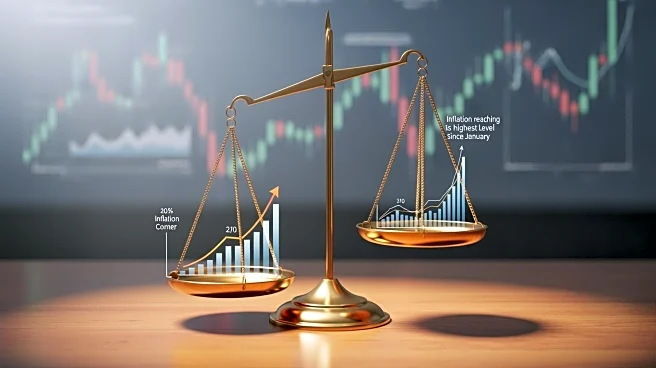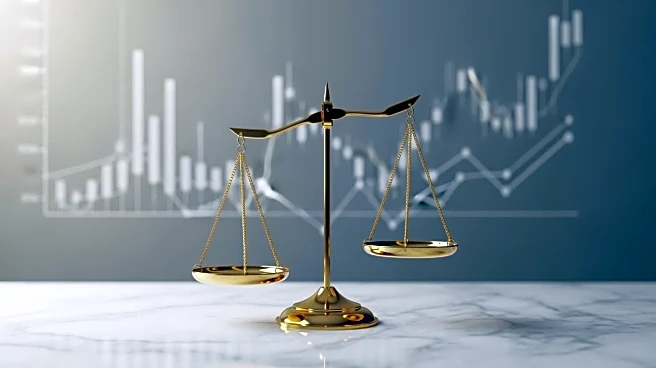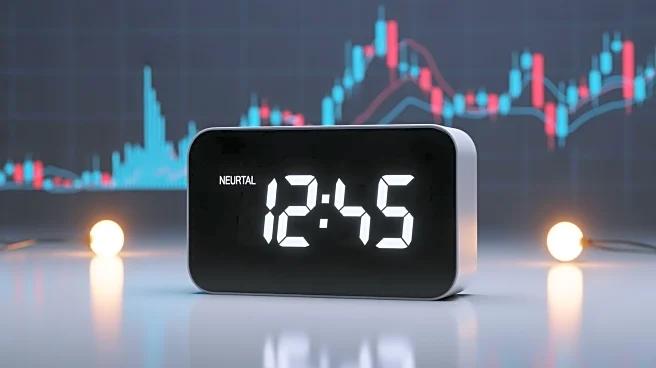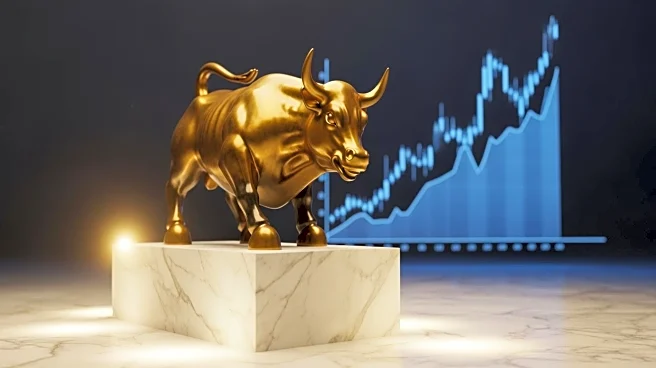What's Happening?
The U.S. inflation rate increased to 3% in September, marking the highest level recorded this year. This rise in inflation is attributed to various economic factors, including supply chain disruptions
and increased consumer demand. The inflation rate is a critical indicator of the economy's health, reflecting the average change in prices for goods and services over time. The increase suggests that consumers are facing higher costs for everyday items, which can impact spending habits and overall economic growth.
Why It's Important?
The rise in inflation to 3% is significant as it affects both consumers and businesses across the United States. Higher inflation can erode purchasing power, meaning that consumers may find their money buys less than before. This can lead to decreased consumer spending, which is a major driver of the U.S. economy. For businesses, increased costs for raw materials and labor can squeeze profit margins, potentially leading to higher prices for consumers. Policymakers, including the Federal Reserve, closely monitor inflation rates to adjust monetary policy, such as interest rates, to maintain economic stability.











